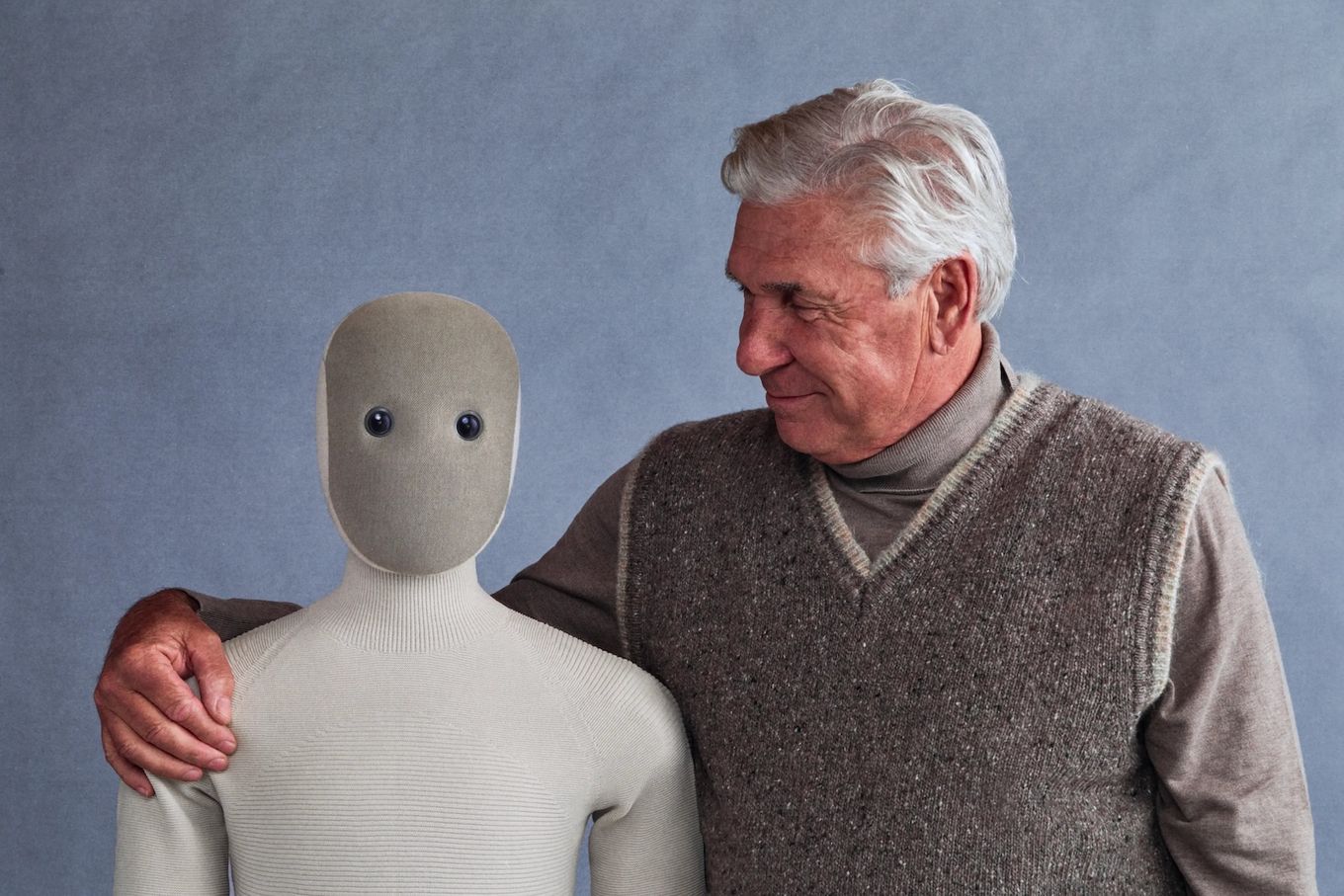A Look at the AI Promise Humanoid Robots

© 1x.tech
The idea of a personal humanoid robot is captivating. Imagine a machine in your home that can fold your laundry, do the dishes, and vacuum the floors. This technology promises to free up hours of your time, allowing you to focus on other things, or even act as a helpful assistant for those with mobility issues. It sounds like the future we have all been waiting for. However, there appears to be a significant gap between this appealing vision and the current state of the technology.
The Dream of a Robot Housekeeper
The dream being sold is powerful. We are shown a humanoid robot, standing over five feet tall, that can live in your house and manage your chores. It looks like a human, with ten fingers to carefully put away laundry or handle dishes from start to finish. It could water your plants on a perfect schedule, find the lost TV remote, and tidy up the house. When its work is done, it quietly returns to its dock to charge. The promise is that you may never have to do chores again.
The Problem: A Gap Between Promise and Reality
For a product this advanced, a high price tag is expected. Whether it is a large one-time purchase or a monthly subscription, early adopters are often willing to pay for cutting-edge technology. The real issue is not the cost. The problem is the massive gap between what the product is promised to do and what it is actually capable of doing today.
What Can the Robot Actually Do?
When we look closer at the demonstrations, a different picture emerges. It turns out that 100 percent of the impressive tasks shown are often remotely controlled by a human. An operator in another room, wearing a virtual reality headset, is manually guiding the robot to perform every action.
The tasks the robot can perform on its own, or autonomously, are much simpler. In reality, its autonomous skills might be limited to basic commands like walking over to a door to open it, or to take a single empty cup from a person’s hand and walk away with it. Everything else we see, from folding laundry to loading a dishwasher, is not the robot’s own intelligence at work.
The “AI Promise Problem” in Modern Tech
This situation is part of a larger trend in the world of artificial intelligence. We are in an age of selling the dream before the product is actually finished. Companies make big promises about what their AI can do, creating hype and taking pre-orders for a vision that is still far from reality. This has been seen with several recent AI gadgets that promise a revolutionary new way of doing things but fail to deliver on that potential when they reach customers.
The Privacy Trade-Off
How do these robots learn tasks they cannot do? The solution offered is often an “expert mode.” When the robot fails at a task, you can schedule a remote employee to take control. This person will look through the robot’s cameras and listen through its microphones, seeing and hearing everything in your home, to complete the task. This action is then used to teach the robot’s AI. This means that to get the product you were promised, you may have to be comfortable with remote strangers viewing the inside of your private spaces.
The Big Questions for Early Adopters
This raises serious questions. Are people willing to pay a high price, give up their privacy, and serve as beta testers for an unknown number of years, all in the hope that the product will someday achieve the dream?
Beyond the privacy concerns, the robot itself has limitations. It may be slow, a bit clumsy, and too weak to carry anything heavy. There are also safety risks. What if the robot makes a mistake with something dangerous, like dropping a glass object or, more seriously, mixing up medications?
Conclusion: We Want the Dream, Not the Gap
The dream of a helpful robot assistant, like Rosie the Robot from the Jetsons, is something many of us want. We want AI to be used for productive, useful tasks that make our lives better. The issue is not the dream itself. The issue is the enormous, and very difficult, gap between that future dream and the unfinished, unproven products being sold to us today.